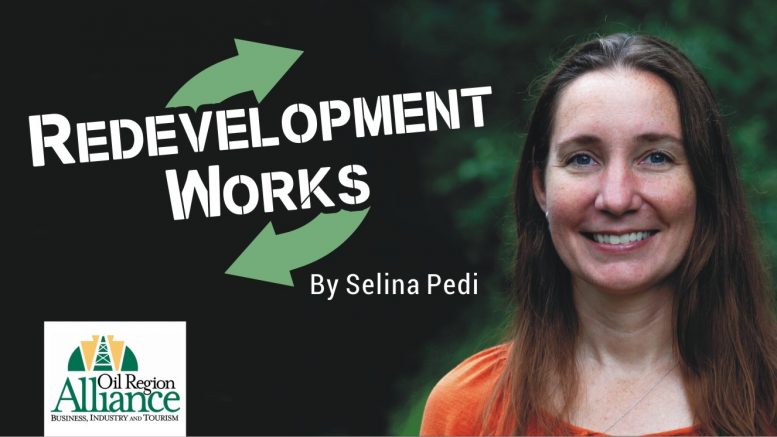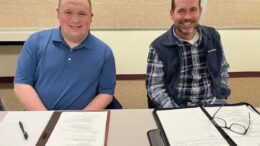Over the last few weeks we’ve been talking a lot about big, regional-scale redevelopment partnerships and programs. Such partnerships come with their own set of opportunities and challenges, especially the more diverse and spread out the players are. Geography, culture, resources, and expectations can vary greatly from community to community, rural area to urban area, small town to large city.
During some recent talks with some of those partners, I was struck, as I often am, by how much our realities can differ. Unfortunately, in some instances, that’s where talks break down and potential partnerships falter. Two parties see the world differently, and they have a hard time believing that anyone else can honestly think things are different from how they know them to be. They decide that someone is blowing smoke, and they walk away disillusioned, if not downright resentful.
If, however, we understand that realities truly can differ, and that multiple views and interpretations of a situation are not just possible but expected and valuable, we can embrace our differences and make them work for us instead of against us. Take the “rural-urban divide.” I’ve been fortunate to live and work in both urban and rural areas during the course of my work, and I’ve found that, yes, realities between the two can indeed be different. I’ve also found that there are far more similarities than differences – if we know what we’re looking at, and why things appear different.
Funding is one area that can breed considerable resentment between rural and urban areas. In recent decades, it seemed that the vast majority of funding and investment went to urban areas, while rural areas got the short straw. That was a reality for many years, largely because financial decisions were based on population and density, but also because rural areas lacked the capacity to be competitive in funding applications or attracting investment interest. Rural areas felt ignored, neglected, somehow less important than their urban neighbors.
The other side of the reality, though, was that urban areas didn’t necessarily feel that they were particularly important or valued either. Funding might have gone to a large metropolitan area, but with so many communities squished into that space, with so many people and so many needs, it never seemed to be enough to do what needed done. Many individual communities felt just as ignored, neglected, and unimportant as their rural counterparts.
The underlying reality was that it was often how funding was being disbursed and spent that was the problem, not where it was specifically going. Piecemeal, band-aid programs trying to fix a symptom here and there have rarely worked, no matter where they were enacted or how good the program managers’ intentions might have been. As soon as one problem was damped down, another would flare up, and solutions that were meant to “trickle-down” to individual neighborhoods or surrounding areas rarely did. And that left everyone feeling underserved, and with a creeping suspicion that someone else, somewhere else, was getting the benefit they deserved.
Next week we’re going to talk about the ways we can reconcile differing realities like this. Because sometimes we’re all right, and we’re all wrong, and we need to give ourselves the opportunity to walk a mile in each other’s shoes to understand how we can work together.
Selina Pedi is the Oil Region Alliance redevelopment manager. She can be reached by email at spedi@oilregion.org.



























